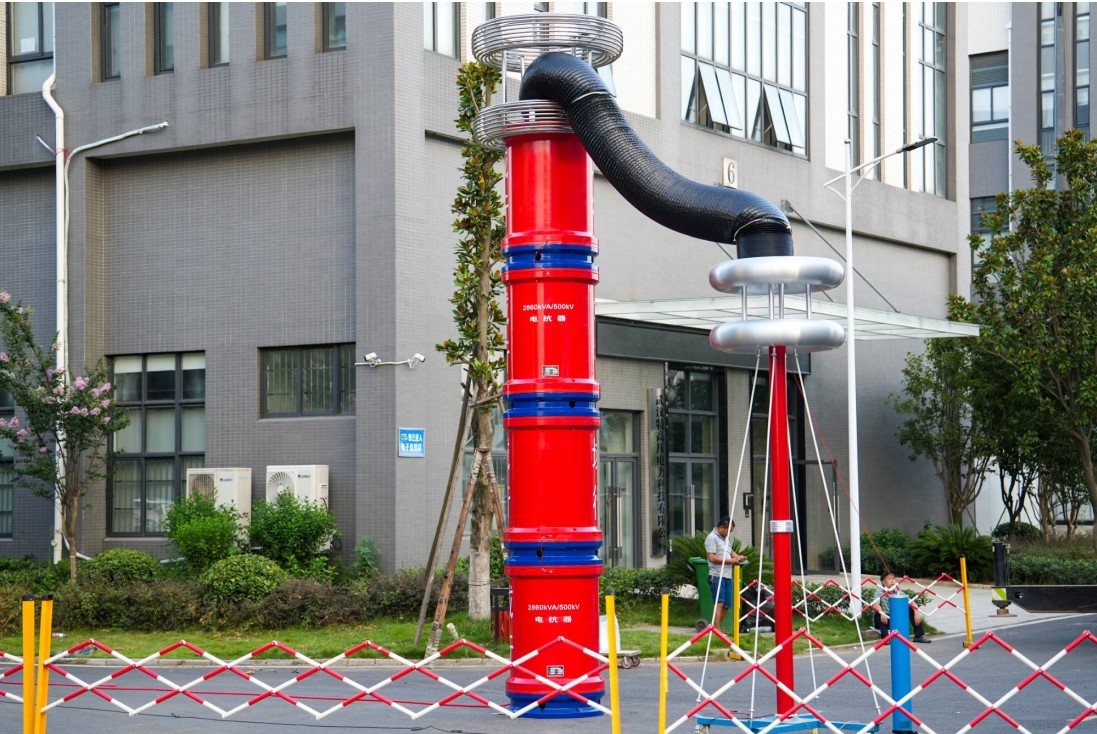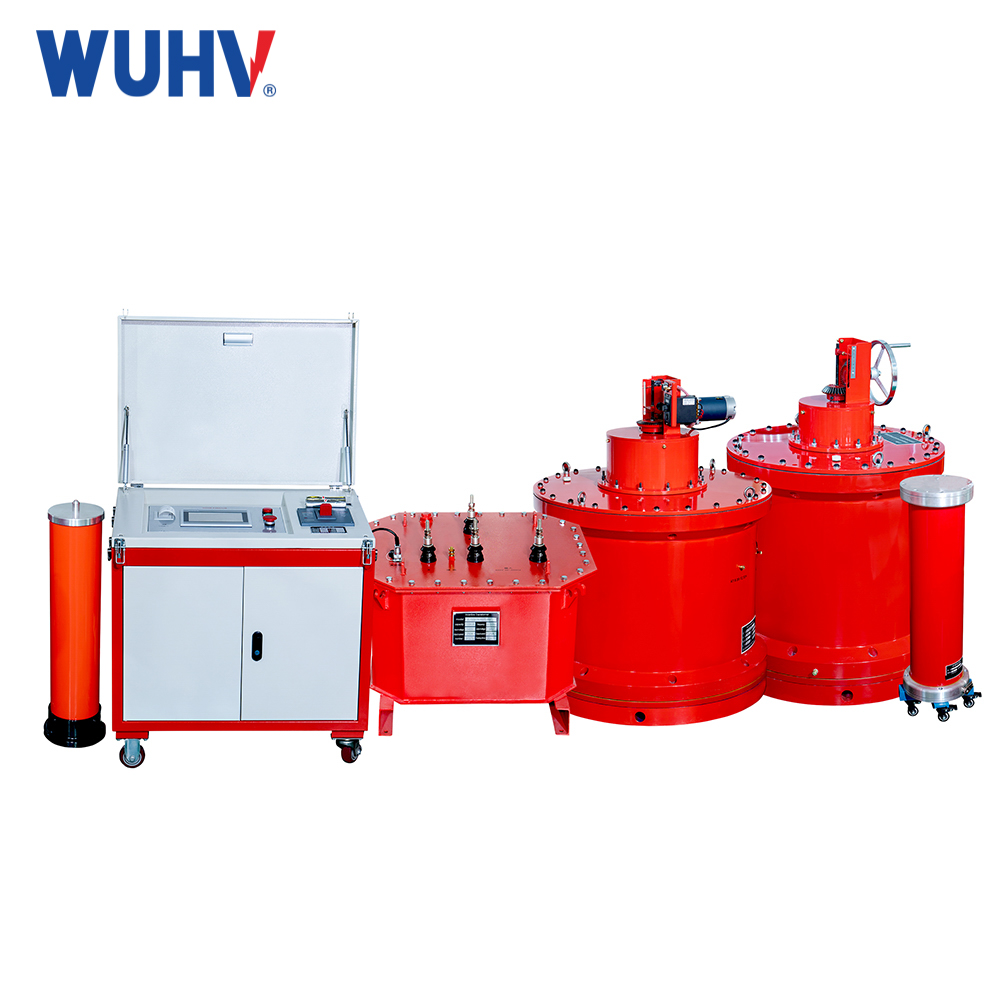Wuhan UHV specializes in producing series resonance (also known as series resonance withstand voltage equipment). Next, we will share common fault phenomena and diagnostic methods of series resonance with you.
1、 Instrument tuning failed
1. Is the instrument and test sample reliably grounded
2. Check if there are any broken wires in the reactor and transformer connections of this device.
3. Check the excitation transformer of this device: there are two methods of judgment
① Measure the resistance of the transformer winding tap with a multimeter in 2k range. If there is an open circuit, it indicates a broken wire and a faulty transformer.
② After resonance, use a multimeter to measure whether there is voltage at the output tap of the excitation transformer. If not, it will cause tuning failure.
4. Check the reactor of this device:
Use a multimeter to measure whether the resistance values at both ends of the reactor match the test report, and whether the resistance values between the reactors match. If there is no resistance value, it indicates that the reactor is damaged
5. Is there any metal object at the bottom of the reactor
If there is a metal object, the alternating magnetic field generated by the reactor coil will pass through the metal object, forming eddy currents on the metal object and generating heat, resulting in significant active power loss and a decrease in the Q value of the test circuit; At the same time, higher requirements will be placed on the capacity of our experimental power supply, so the metal at the bottom of the reactor should be removed.
6. Does the high voltage divider have high voltage output? Inspection method for high voltage dividers without high voltage output
① Measure the continuity of the measuring line of the voltage divider with a multimeter.
② Gently shake the high-voltage arm of the voltage divider to check for any sound inside. If there is any abnormal noise, it indicates that the high-voltage part inside the voltage divider may be broken.
③ Measure the capacitance of the low-voltage part of the voltage divider with a capacitance meter or directly apply voltage to the voltage divider with a test transformer for voltage calibration.
2、 High voltage flashover occurred during the experimental process
1. First, check if the high-voltage insulation distance of this device is sufficient: the distance between the reactors should not be less than 0.5 meters, and the high-voltage safety distance should not be less than 2 meters
2. Remove the test cable from this device and connect the compensating capacitor without load for air lift. If high-voltage flashover occurs, it can be preliminarily judged that the reactor has insulation failure. On the contrary, if the instrument is functioning properly, it indicates that the test sample has malfunctioned.
3. Is there any metal object at the bottom of the reactor? If so, please remove it immediately
3、 When the instrument is turned on, it prompts "protection" or there is abnormal noise inside the chassis:
If this situation occurs, it can be diagnosed as a problem with the module inside the control box. Please contact our company in a timely manner.




















